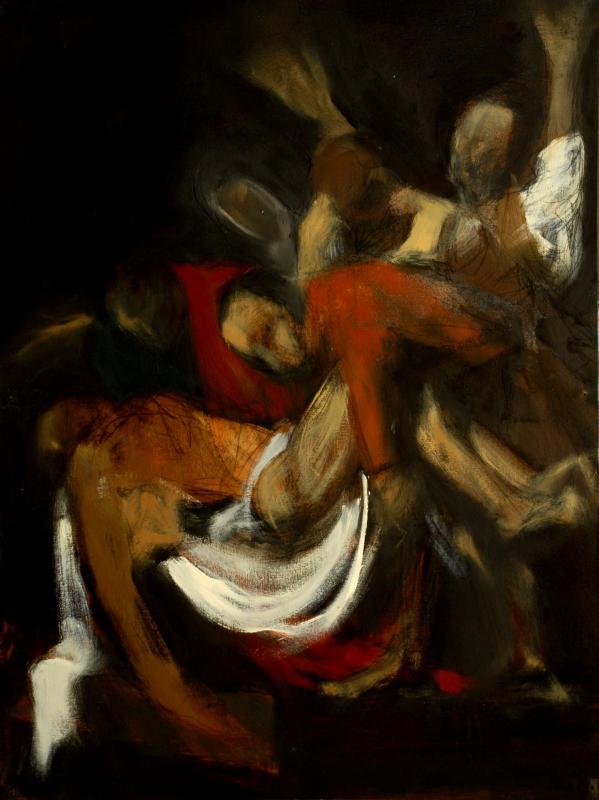Drama offers a unique insight into literature as a lived experience – one not only theoretical, but also corporeal. The audience experiences as viewers and listeners the tactile nature of the art, and the action onstage often reflects the internal drama that it creates.
Oftentimes, we see art as secondary, as something apart from everyday existence. We forget that true art is also the pursuit of beauty through the everyday and the mundane. Art happens to people, and at times, the expressive force can be as important as life itself. The question we all face, is what does it mean to sacrifice oneself at the altar of creativity? Does being an artist preclude the workaday existence? The two dramas selected for this issue – “The Painters” and “Ars Longa, Vita Brevis” – attempt, each in its own way, to explore these intersections of art and human life.
“The Painters” presents a meditation on the nature of art, life and death through four overlapping, but individuated voices. We witness the Young Painter’s zealous pursuit of beauty, focused solely on a future of possibility. We hear the voice of the Woman by the Sea, the fickle, yet eternal Muse – beauty and inspiration incarnate. We hear the Daughter giving voice to a life’s worth of consequences – all of the worldly joys and duties the artist forgoes in his creative, monastic diligence. And the voice of the Old Painter describes an artistic life at the precipice of death – what it means to follow beauty from this world to the next. An artist’s legacy, the piece suggets, is not in his name but in the traces of his creative force. “We are a part of what we create,” cries the Old Painter. “We are forever pared away from our own being.”
“Ars Longa, Vita Brevis” pursues the potent subjects of art and life in the context of post-9/11 New York City. Here we witness the interchange between the artist and the common man – the clash of seeing the world as it is, with all its folly and injustice, against a watercolor rendering of the world as it once was and may be again. The audience must grapple with both the immediacy of human death and the slow decay of nature over centuries. In the end, we realize that the relevance of art transcends social strata and that the eternal optimism of creativity cannot be dampened – not even by the cold waters of the Hudson.
Art is long, life is short – opportunity fleeting, experiment dangerous, judgment difficult. But these two pieces are testaments to the artistry of life.

